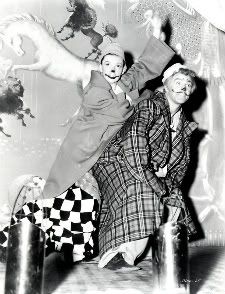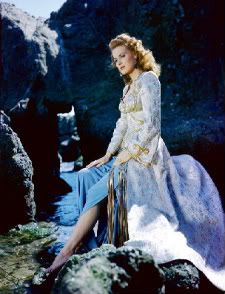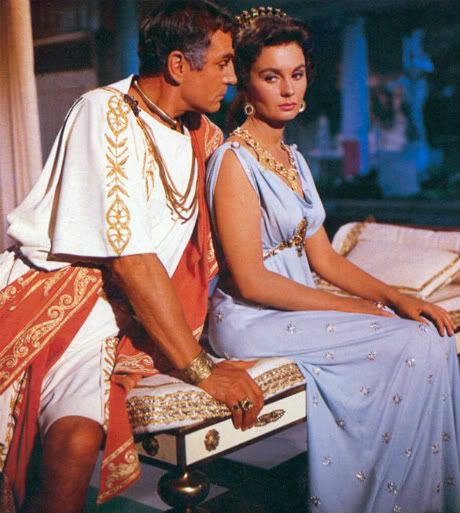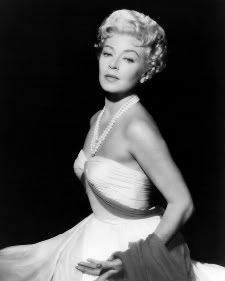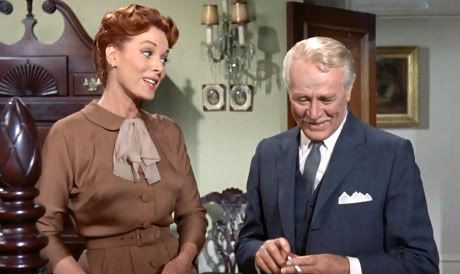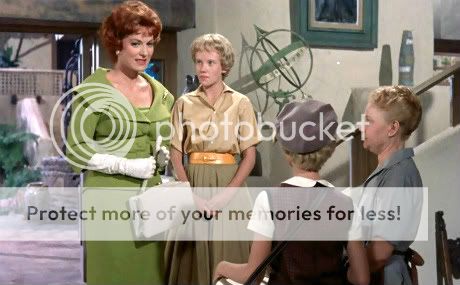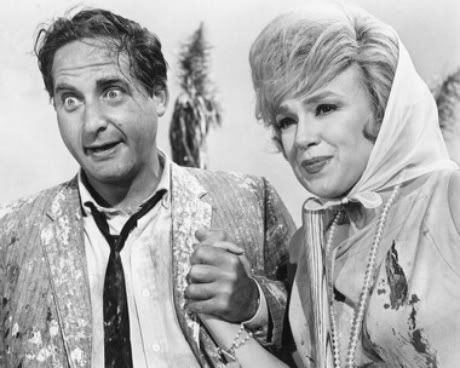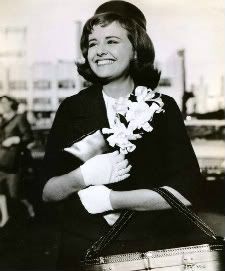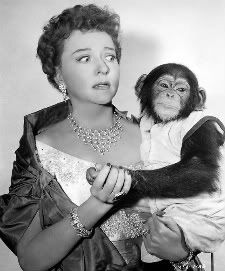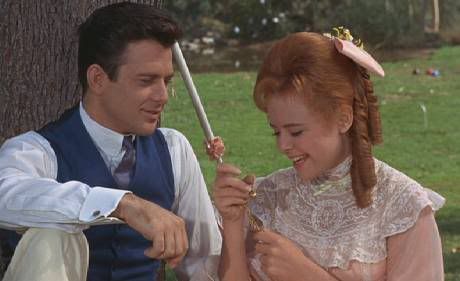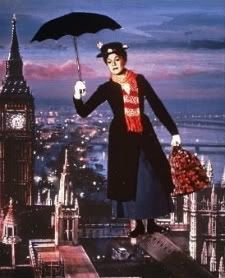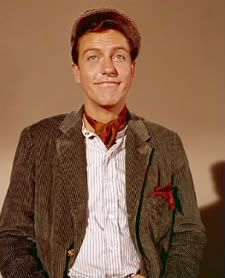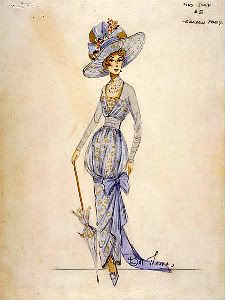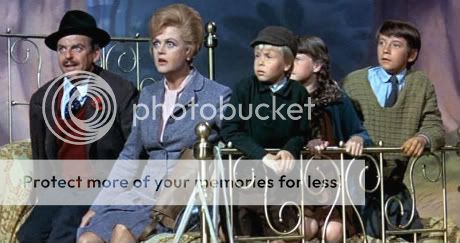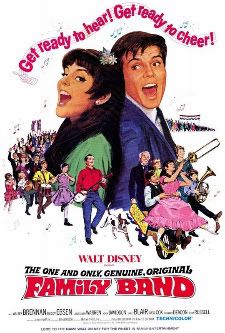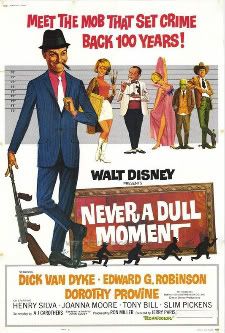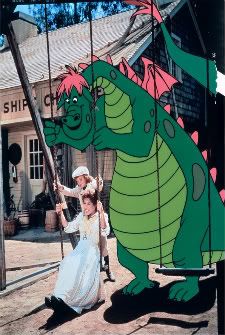Never has there been a more joyous swashbuckler filmed than Warner Brothers' The Adventures of Robin Hood (1938). The centuries old legend of the bold outlaw who robbed from the rich to give to the poor comes to life in this glorious adaptation which brims over with thrilling swordplay, sweet romance, a stellar cast, a thousand resplendent costumes, and a rousing orchestral score by Erich Wolfgang Korngold. Verily, the film serves up a right merry feast of entertainment.
No archer ever lived that could speed a gray goose shaft with such skill and cunning as Robin, nor has any actor embodied a character as well as Errol Flynn does in his portrayal of this lusty rogue.
The legends of Robin Hood date back to the 14th-century when tales of the famous outlaw were spread across the shires through ballads. Innumerable authors have passed the stories down in various tellings throughout the ages, but it is undoubtedly Howard Pyle's inspired adaptation of the legends in his 1883 masterpiece "The Merry Adventures of Robin Hood" that set the tone for this film.
Storybook thrills abound in Norman Reilly Raine and Seton Miller's script, which weave elements of romance, comedy and adventure in its simple story of tyranny opposed and virtue triumphed. Robin Hood and his band of merry men, loyal to King Richard, set things right for England when the King's dastardly brother, the Norman Prince John, usurps the throne and wrenches tax money, yea, and the very blood, from the oppressed Saxons. The King's royal ward, Lady Marian, despises Robin Hood and his thieving ways until she sees the broken, destitute masses which he cares for in the forest. Then her heart goes out towards him and his noble cause and she becomes the outlaw's ally, eventually saving him from the gallows.
James Cagney was originally cast as the archer in green tights when Warner Brothers began development on Robin Hood in 1935. The studio was slowly expanding its output to include adventure films and prestigious historical dramas in an effort to compete with its rival Metro-Goldwyn-Mayer and reach a broader audience.
After the success of Warner's A Midsummer Night's Dream (1935), costume designer Dwight Franklin suggested that the same formula could be translated well to another period piece, that of the tales of Robin Hood. Executive producer Hal Wallis decided to reunite most of the principle cast for this project, including Anita Louise as Lady Marian, Frank McHugh and Allen Jenkins as some of the merry men, and Hugh Herbert as Friar Tuck. Ho! but during the development stage James Cagney had one of his frequent rows with the studio and walked out on his contract, not returning for nearly two years.
Since much time and money had already been invested in the story, Wallis decided to cast the studio's rising star, Errol Flynn, in the lead. The part of the charismatic Saxon knight was a glove-fit for this devilishly handsome actor who had a roguish air and an athletic knack for leaping over parapets.
Fate dealt a fortuitous hand with Cagney's departure, for Flynn's arrival precipitated a complete overhaul of the project. What resulted was a film which could not be more impeccably cast. Claude Rains cloaked himself in red as the villainous Prince John, an urbane schemer who finds the feather-capped archer's exploits wryly amusing. Basil Rathbone had a long career portraying villains and did a stellar performance as the wicked pirate Levasseur in Captain Blood in 1935. For this film he donned the garb of the egotistical Sir Guy of Gisbourne.
Lady Marian could not be envisioned more lovely than Olivia de Havilland, who had just launched her film career three years prior with her appearance as Hermia in A Midsummer Night's Dream. Once Errol Flynn was cast as Robin Hood there was no doubt that de Havilland would portray his "bold Norman beauty", since the two were such an ideal couple in Captain Blood and The Charge of the Light Brigade. They would go on to make six more films together.
Also in the cast was Herbert Mundin as cheerful Much, who casts a favorable eye on Bess, Marian's twittery lady-in-waiting, portrayed by Una O'Connor. Ian Hunter made a noble King Richard, and Melville Cooper played the oafish Sheriff of Nottingham.
Shafts of sunlight streaming down through the leafy canopy of Sherwood Forest were captured in the splendor of three-strip Technicolor by the perceptive eyes of cinematographers Tony Gaudio and Sol Polito, who were utilizing the newly developed Technicolor cameras. This was a cumbersome and costly process, but it lent the film an unsurpassed richness in color. This beloved Sherwood of Robin's just happened to be Bidwell Park located in Chico, California. Never had England seen so much sunlight in one summer.
Director Michael Curtiz took over the scepter of command from William Keighley midway through production and deserves much credit for the sprightly pace of The Adventures of Robin Hood. He captured the grand-flourishing manner of silent day swashbucklers with their crowd-pleasing heroics and bold swordplay. Some of the sequences were even filmed "undercranked" which sped up the action on screen in silent-era fashion.
The Adventures of Robin Hood was an enormous hit upon its initial release on May 14, 1938, with critics praising its sheer exuberance and audiences of all ages coming to take a pilgrimage to the land of medieval fancy. Robin's arrows soared through the air to land with a resounding ffffrupp! on the bullseye of entertainment. Warner Brothers gathered nearly $4 million into its purse and the film went on to win three of the four Oscars it was nominated for at the Academy Awards (losing the Best Picture award to You Can't Take it With You).
The Adventures of Robin Hood remains a favorite amongst cinephiles nearly eighty years since Robin made his heroic entrance into Sherwood Forest. It is still considered one of the best films of its type and possesses all of its initial zest and vitality, in no small part due to Errol Flynn's exuberant portrayal of Robin Hood. He shows us a character so supremely alive that to him all of life is a lark. What makes him so wonderful to behold is he lights the fire of life within the audience as well. Our cares disappear and we wonder why we take our petty problems with such seriousness when Robin could face death innumerable times without ever losing a feather in his cap.
Numerous remakes have been undertaken over the years but none have been able to capture the essence of Robin Hood without cynicism or postmodern mockery. This film was made with sublime innocence in a decade when righteousness and evil could be presented to the audience in simple black and white imagery without brushing virtues and sins together into murky grays. The cast and crew of Robin Hood set out to make the picture, not as a technical masterpiece, but purely for the aim of providing entertainment to the masses, and verily, this task was accomplished with thunderous success.





















.jpg)


